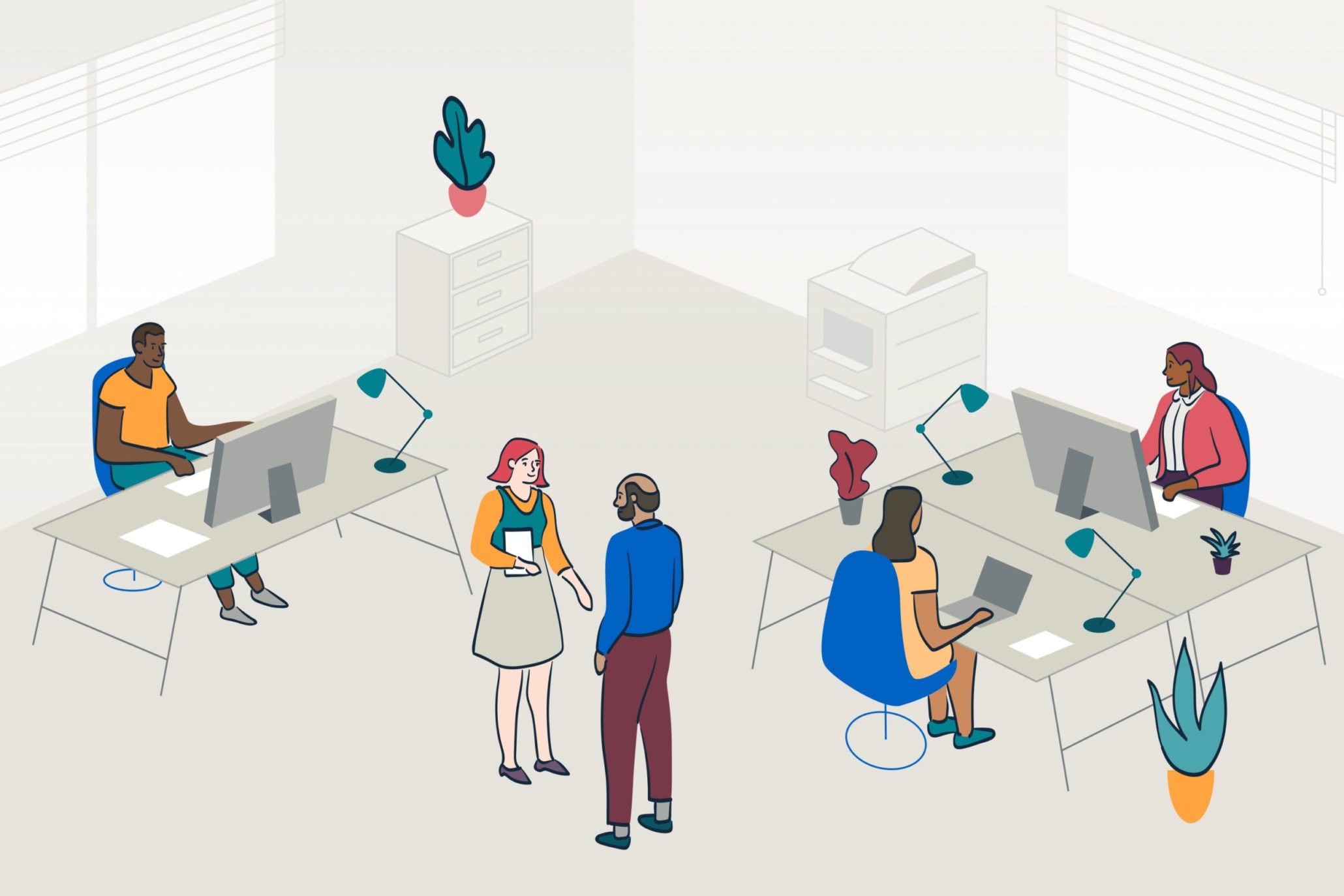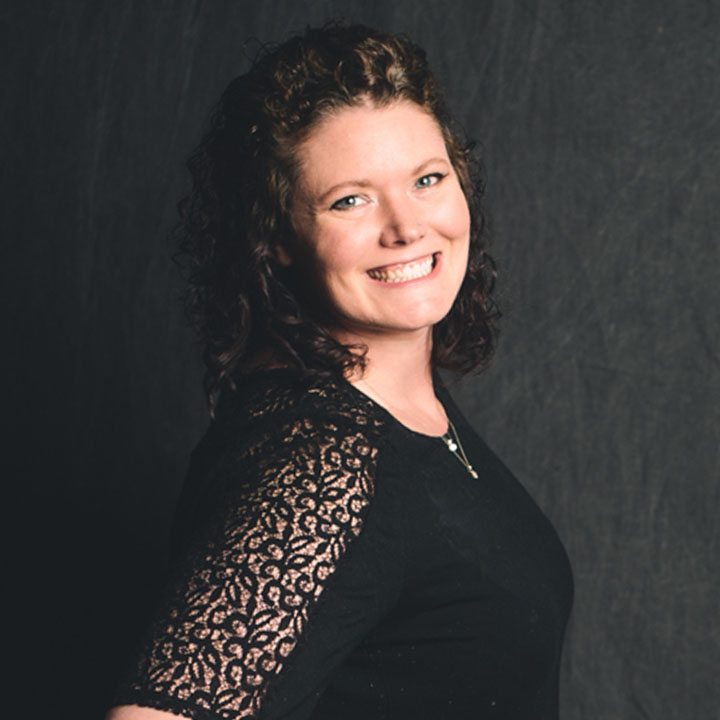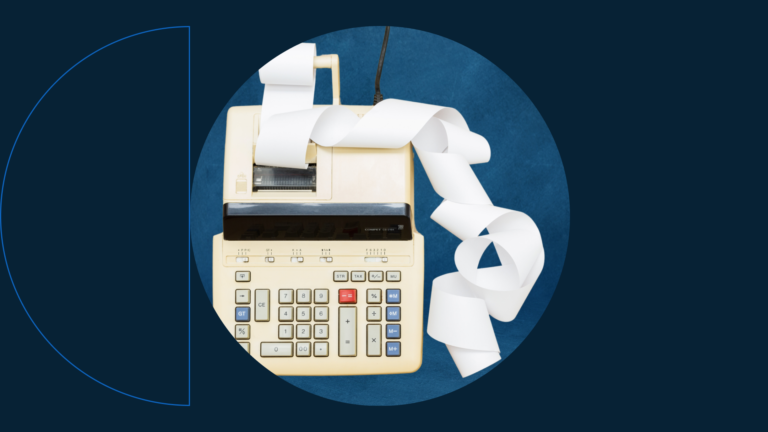How to Drive Effective Change In a Large and Diverse Workforce

“It is change, continuing change, inevitable change, that is the dominant factor in society today. No sensible decision can be made any longer without taking into account not only the world as it is, but the world as it will be.”
– Isaac Asimov
Sometimes we ask the people in our network about the most pressing UX challenges and questions they’re asking in their own organizations. One recent question from friend and client caught my eye: How do we make big UX decisions to best serve all kinds of employees in a diverse workforce?
Below is my answer to this question based on my experience with change management and implementing large-scale internal systems.
According to Prosci, “Change management is the process, tools and techniques to manage the people side of change to achieve the required business outcome. Change management incorporates the organizational tools that can be utilized to help individuals make successful personal transitions resulting in the adoption and realization of change.” Read more about change management on the Prosci website.
As capabilities and technologies quickly change both locally and globally, making decisions that impact the employees in your organization will inevitably become more complex. It’s especially difficult to know how to navigate decisions about employee-facing digital systems with a broad and diverse user group and workforce—including people with very different skill sets, methods of working, and levels of comfort with technology. So how do we make the best decisions?
Step one is to acknowledge that they’re complex, and sometimes it’s not until after they’re made that we realize their true impact. Keeping the following in mind can help with making better, more informed decisions that lead to a positive outcome.
“We cannot solve our problems with the same thinking we used when we created them. ~ Albert Einstein
1. Get More Involved with the People Doing the Jobs to Find Priceless Insights That Would Otherwise be Lost
This point always makes me think of the show Undercover Boss. When senior executives interact with their employees in their environment, they start to really understand the people, the business, the outcomes that are expected, and how those outcomes are achieved.
Once these executives experience the job from this new perspective, they are in a position to sponsor strategic decisions that empower the employees and grow the business more effectively.
2. Let Change Start at the Individual Level. Build an Employee’s Desire to Adapt Early by Involving Them in the Big Decisions
All leaders should have a broad understanding of the jobs in the company and the people doing those jobs, because quick decisions that will affect the entire workforce are sometimes necessary.
However, many decisions can be more calculated and thoughtful when made based on strong data, feedback, and ideas from individuals. Getting those employees involved early will also create more of a desire to see that the organizational changes are successful.
In any moment of decision, the best thing you can do is the right thing, the next best thing is the wrong thing, and the worst thing you can do is nothing. ~ Theodore Roosevelt
3. When Considering Change Management and User Experience, Find Ways to Leverage Your Employees’ Personal Strengths and Styles
Best practices and processes are an important foundation, but employees can and should build upon this foundation by harnessing their own strengths for greater efficiency. Any single job has an expected outcome, which many times can be accomplished by multiple user types who are using various devices and any number of methods to get there.
For example, you can have two very high performing people—one is a highly instinctual with extensive experience who still owns a flip phone, and the other is strategic and calculated with less experience and eats, breathes, and sleeps with a smartphone.
Both of these people may achieve the same expected outcome for the same job but use very different paths to get there, and each would present different perspectives and reasoning to support possible decisions and solutions.
4. Once a Decision is Made, Keep a Finger on the Pulse to Assess That Decision’s Impact and Effectiveness
Continue to grow and evolve—with continued reinforcement of positive outcomes and course correction as the future unfolds.



